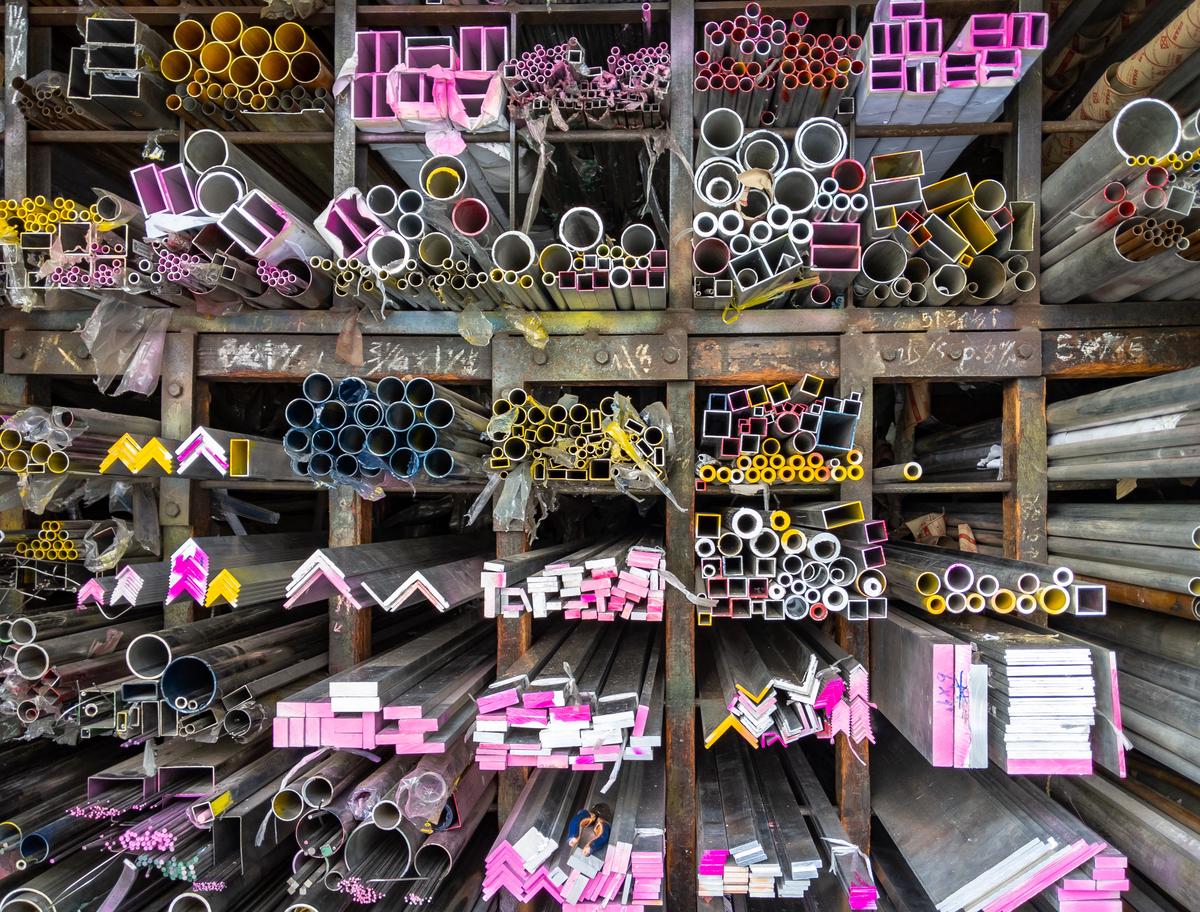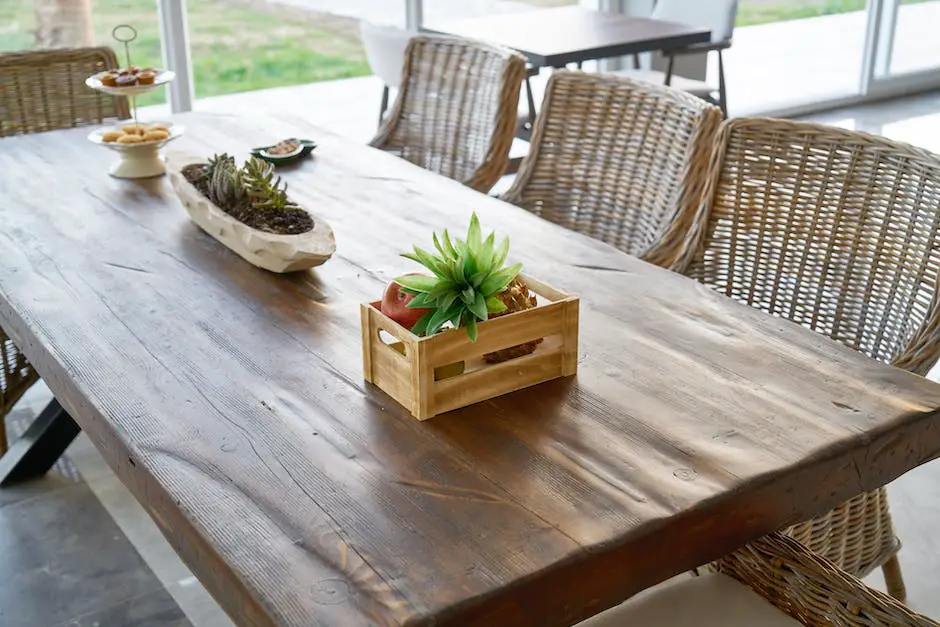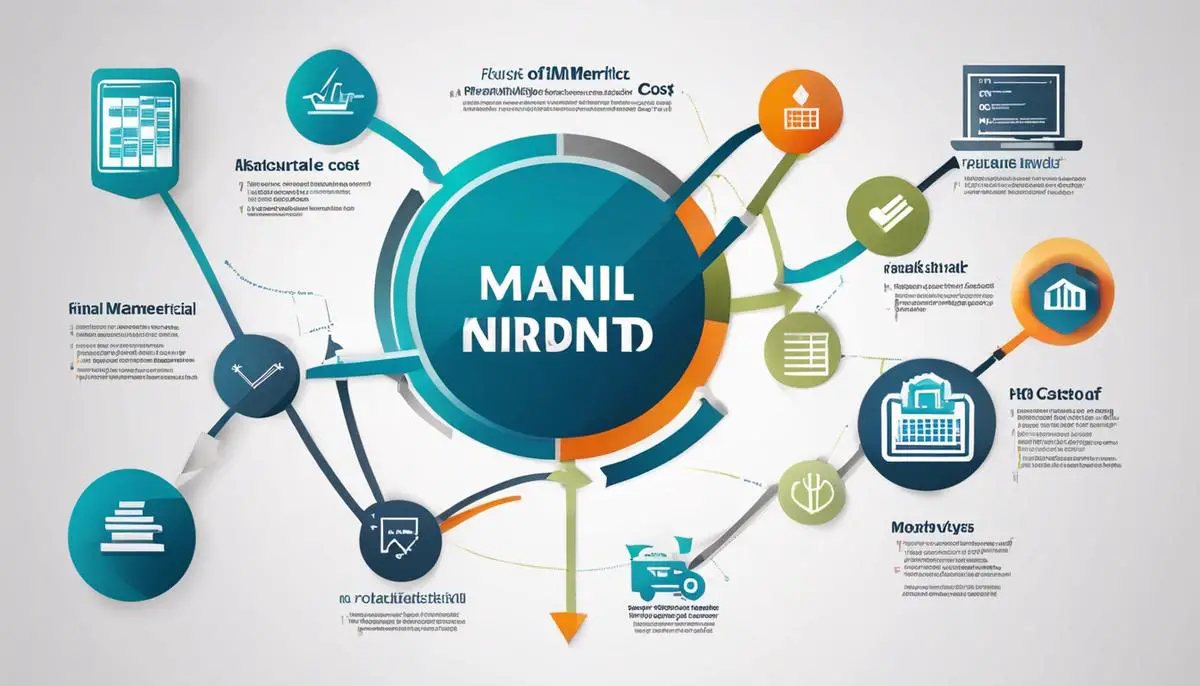The price of a table can vary greatly and is influenced by a multitude of variables. Unraveling these confounding elements that significantly sway the cost is a step towards making informed purchase decisions – for homeowners in pursuit of the perfect dining table, to entrepreneurs souring the market for the best tables for their offices. This enlightening exploration triumphs at drawing the connections between diverse factors like raw materials used, manufacturing costs, the market behaviors, the worth of brand names, and marketing strategies. Still, it stretches further to address the roles quality and innovation play in heightening table prices, providing insightful correlations within the industry. Moreover, this exposition aims to empower businesses by dissecting the computation of the return on investment on table procurements, thus allowing for efficient budget management.
Table of Contents
Market trends and influencing factors
Market trends and variables exert a significant influence on the cost of a table, bearing an unmistakable testament to the dynamics of the marketplace.
While it may seem straightforward to price a piece of furniture, this process is, more often than not, influenced by intricate market structures and underlying economic forces, proving how the costs of delivering goods to the market shape the ultimate price.
Let’s take a look at the principle of supply and demand, the bedrock of market dynamics.
An upsurge in the demand for tables, whether from a surge in home renovations or an emerging trend in interior design, can catapult prices.
If supply doesn’t match pace, scarcity ensues, and prices are driven up.
Conversely, if the market becomes oversaturated with tables, prices are likely to dip as vendors compete for consumers.
Material costs, another essential variable, also come into play.
For instance, if the price of wood increases as a result of strict forestry regulations, this escalates production costs and, consequently, the price passed onto the consumer.
Innovation also has its role in this pricing mechanism.
As companies continually strive to offer novel products that are more durable, aesthetically pleasing, or environmentally friendly, new manufacturing processes, or materials may be adopted.
These advancements can often increase the cost of these products.
Though consumers are often willing to pay a premium for this innovation, showcasing our never-ending pursuit for progress.
All these factors illustrate how navigating market trends and variables is an art, turning simple tables into complex and ever-changing expressions of supply, demand, and innovation.

Innovation and Quality in Table Production
Innovation and the pursuit of quality are cornerstones in any industry, and the realm of table manufacturing is no exception. The introduction of innovative techniques, whether in sourcing materials, designing products, or fine-tuning the manufacturing process can revolutionize the cost perspective of table production. Think about tables integrated with technology like wireless charging pads or built-in touch screens. The production of such advanced tables requires specialized skill sets and technology, which are cost-impacting factors. However, this innovation can also open new market segments, offering a premium product for a consumer group willing to pay for convenience and modernity.
Similarly, quest for quality also impacts the cost of tables. The use of high-grade materials, be it exotic woods or industrial-grade metals, is directly proportional to the table cost. In addition, employing skilled craftspeople to produce handmade, quality tables will always be costlier as it is labor-intensive. However, this is balanced out by catering to a niche market that values craftsmanship and is ready to invest in a long-lasting piece.
Furthermore, in line with this modern business ethos, a sustainable approach to table manufacturing is gathering steam. While initially the cost may increase due to sustainable sourcing or implementing eco-friendly processes, it also attracts eco-conscious consumers willing to pay a higher price for a sustainable product. Moreover, the long-term cost benefits of using renewable materials and reducing waste cannot be overlooked. Economically savvy entrepreneurs have begun to recognize that innovation, quality, and sustainability are not merely expense-inducing variables, but strategic ways to re-define their product and cater to an evolving market. This shift in perception marks an important pivot in the business of table manufacturing. After all, in the pursuit of success, a savvy businessperson always recognises the value of delivering a product that exceeds market expectations, no matter the industry.

Understanding ROI and Table Procurement
Delving further into the return on investment evaluation of table purchases, businesses must consider another crucial aspect: the short and long-term value. This involves analyzing the lifespan of the table, maintenance costs, and its potential resale or salvage value. Tables that are built with durability in mind will not only retain their aesthetic appeal longer but will also reduce the frequency and cost of replacements. High-quality tables might necessitate a notable initial investment, but they can provide significant savings over time because of their extended lifespan and lower maintenance expense.
A strategic evaluation of supplier relationships and purchasing practices can also factor into this equation. Building robust relationships with reliable suppliers can lead to benefits such as bulk purchasing discounts, exclusive access to premium materials, and priority delivery schedules. Furthermore, well-planned purchasing practices can enable businesses to avoid unnecessary storage costs for large inventory or losses associated with slow-moving stock. Prudent buying habits, combined with insightful supplier partnerships, can allow businesses to maximize their return on investment from table purchases.
Additionally, the potential impact on brand image and customer satisfaction should not be underestimated. The quality, style, and condition of tables can subtly communicate your brand’s personality, values, and overall commitment to excellence. Exceptional tables can enhance a customer’s experience, resulting in longer stays, increased spend, positive reviews, and repeat visits. Conversely, an inferior table can detract from the overall experience and adversely affect your businesses’ reputation. Thus, from an investment perspective, it’s invaluable to consider the less tangible, but significant impact that tables can have on your brand and customer experience. In this light, the procurements of tables becomes a strategic business decision—far from just a mere expense.

Thoroughly armed with this broad, industry-level knowledge and comprehension, anyone can bypass the face values and understand the underlying costs involved in table production. The recognition of market trends and influencing factors equips buyers with a new readiness to dissect marketing tactics and stand firm against skyrocketing prices. Balancing innovation and quality is yet another valuable skill that this discussion imparts. Establishing the crucial aspects strategically necessary for businesses – from cost-benefit analysis to maintenance cost and value depreciation, demystifies the return on investment – thus empowering businesses to make smart, informed decisions. Through this illumination, one can better navigate the table market, induce value for money purchases, and achieve financial prudence on scale purchases in particular.

After sitting in a back breaking office chair for hours every day at his job, William Burch got the idea to start the Recliners Hunt website. William is focused on ergonomic chair design – as it is more important than ever today since we are spending more and more time sitting at our computers.


